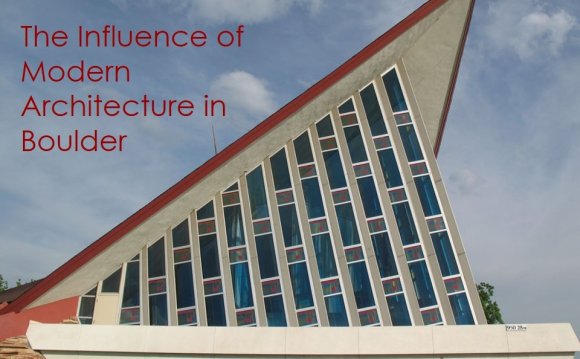
|
In architectural history, "modern" does not necessarily refer to a contemporaneous work, but to a particular style and ideology prevalent from the mid-nineteenth century to the 1970s. The architect and critic Sanford Kwinter goes as far as to use the term to describe particular themes in the intellectual life of ancient Greece. To him, modernism is a mode of thought and ontological position. This citation only underscores the broad scope of the term, and it is often necessary to distinguish between modernist politics and aesthetics, and likewise between strains of progressive and conservative modernism, among others. Presently we will focus on the formal qualities of modernist architecture—an emphasis on shape, form, light, and transparency, especially at the expense of decorative embellishment and local style—as well as its ideological faith in utopian rationalism and functionalism, as the core elements of this movement. The logic of modernist aesthetics and ideology become more clear when placed in their historical context. Modernism in many ways is the outcome of the humanist belief in individual reason: the intellectual foundations of the movement lie in much earlier Renaissance and Enlightenment thought. The modernist objective to understand and master nature and in turn influence our individual destinies as well as the future of the world, finds parallels in Renaissance humanism. Enlightenment thought was in many ways the maturation of this Renaissance theme. The ideal Enlightenment thinker believed that nearly everything could be submitted to the test of reason: tradition, history, nature and art. Once uncovered, truth could be applied as a corrective force to political and social actions improving the lot of the masses. This utopianism drove artists, architects and political thinkers alike toward the objective of a new, and of course better, society These intellectual underpinnings shaped the aesthetic program of high modernist architecture. Beauty lies in the ability of the rational mind to extract formal rules from the surrounding world, making transparent the universal mechanics of the perfect machine. The emphasis on geometry and form follows, with surface decoration and style at best irrelevant, at worst deceitful. Likewise, functionality becomes the clearest expression of rationalism. These aesthetic ideals are most apparent in the seminal writings on architectural modernism, such as Le Corbusier's Towards a New Architecture , Antonio Sant 'Elia's 1914 Manifesto of Futurist Architecture , and Hannes Meyer's 1928 manifesto Bauen , among others. |
It comes as no surprise that progressive modernists often took an antagonistic position to the societies they lived and worked in. The modernist architect's progressivism often resulted in, or at least was taken for, elitism and paternalism. Many works were never built. Countering this, they often implemented their projects in the colonial world, bolstering their claims to universality while seeing 'traditional' society as the best tableau for their aesthetic and ideological programs. Le Corbusier's Chandigarh project as well as his proposals for Algiers are cases in point, as is the fantastic modernist urbanism of Asmara, the Italian colonial capital in East Africa. Yet the seminal works of modernist architecture found space in the European and North American. |
RELATED VIDEO



 Yahoo! Inc. (NASDAQ: YHOO) is an American multinational internet corporation headquartered in Sunnyvale, California, United States. The company is perhaps best known for its web portal, search engine (Yahoo! Search), Yahoo! Directory, Yahoo! Mail, Yahoo! News...
Yahoo! Inc. (NASDAQ: YHOO) is an American multinational internet corporation headquartered in Sunnyvale, California, United States. The company is perhaps best known for its web portal, search engine (Yahoo! Search), Yahoo! Directory, Yahoo! Mail, Yahoo! News...








